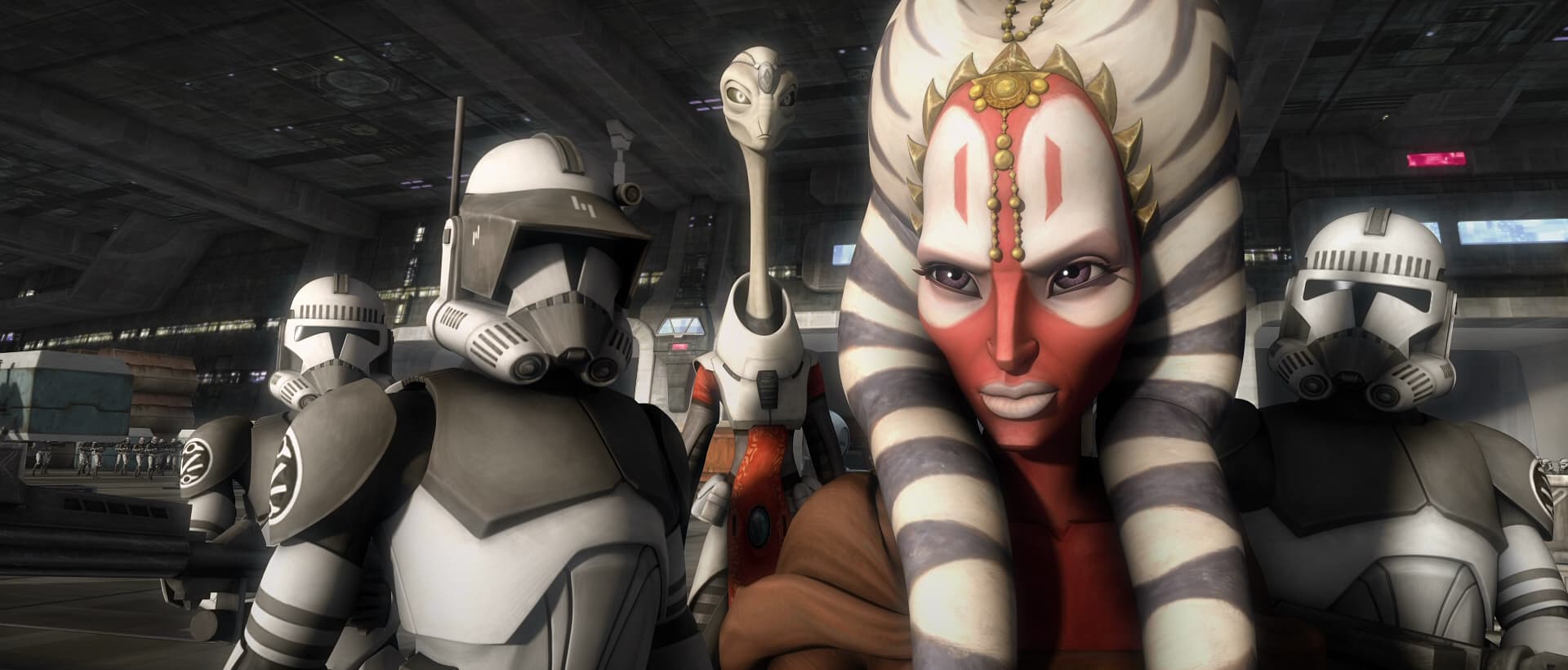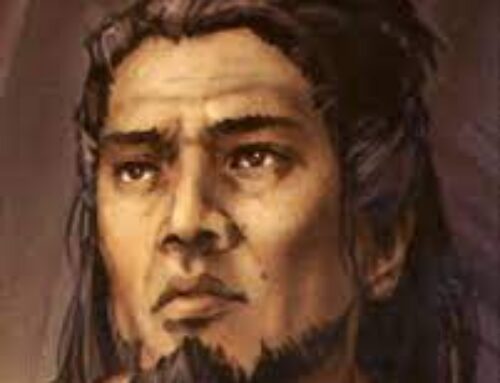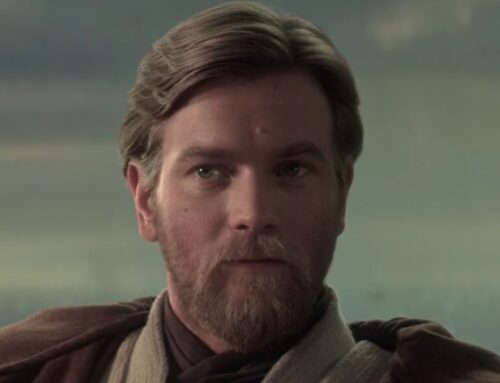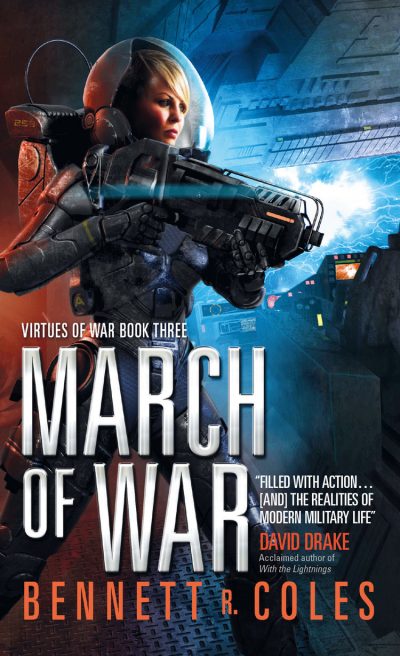Star Wars: 8 Reasons Why the Jedi Order Failed
The Jedi Order was for many years a mystical idea in the minds of fans, a once-great force of heroic knights who defended the galaxy with honor before they were maliciously betrayed from within. But once the Prequel Trilogy was released we got a somewhat different view of the Jedi Order and we began to realize that it failed for internal reasons as much as external.
When Heroes don’t live up to their hype
This represented a seismic shift in the telling of the Star Wars story, as the Original Trilogy clearly set up the Jedi as good and the Sith as bad. This distinction has held for all the Star Wars films, but the Jedi Order has been portrayed less as a singular beacon of light and more as many shades of gray.
What’s interesting is the new High Republic novels that show the Order when it was on the ascendant and the Jedi Code carried weight. The Order earned a stellar reputation in those days, but in the several hundred years that followed, at some point, the reality behind that reputation started to crumble.

Examining the last days of the Galactic Republic, through the lens of Episode I to Episode III plus The Clone Wars animated show, here are 8 reasons why the Jedi Order failed in its role as a bastion of the Light Side of the Force.
1) The Jedi got into politics
When we first saw the Jedi Council in Phantom Menace, they presided over a well-established Order comfortable with its place as an institution of peacekeepers. But by Attack of the Clones the focus started to shift away from being passive observers of galactic politics to being active participants. No-one knew where this mysterious clone army came from, but the Jedi wasted no time in using it to attack what were rapidly becoming known as “Separatist” systems. And throughout the clone wars, Jedi knights fought actively alongside Republic forces.
The Jedi Order could have joined with Mandalore
Some might say the Jedi had no choice, but they clearly did. As the many Clone Wars episodes centered on Duchess Satine Kryze of Mandalore reveal, there was always another option. Led by Mandalore, over a thousand systems declared their neutrality in the war, supporting neither Republic nor Separatists and wishing for peace.
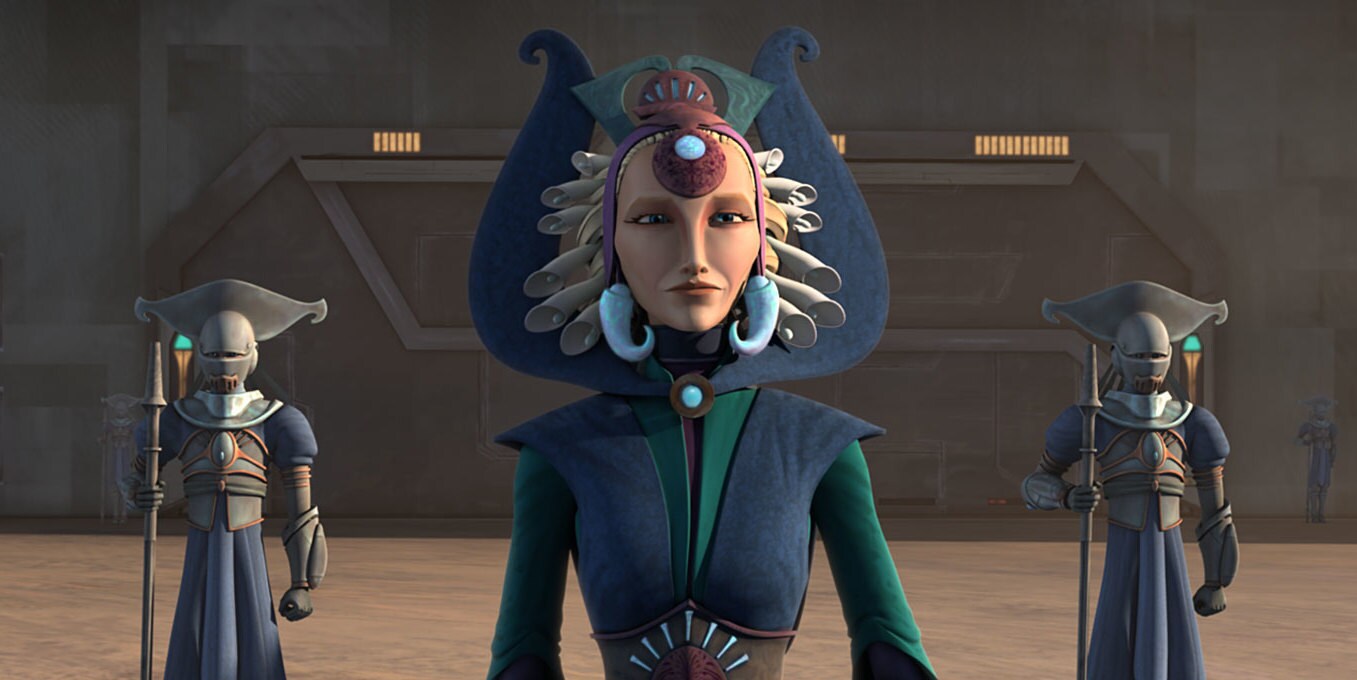
Source
If the Jedi Council had truly been devoted to the Code they would have at least considered declaring their own neutrality. Yes, Count Dooku was unmasked at the start of the war as a Sith lord, but surely a Jedi master as wise as Yoda could have seen that the trillions of people living on Separatist worlds weren’t active participants in a Sith plot.
But the Jedi failed to maintain the neutrality so obviously demanded by their ancient code of balance, choosing instead to wade into politics and take sides.
2) The Jedi refused to question the Republic
Connected to the Jedi decision to become political was their failure to ask this question: was the Republic worth saving? The Republic had stood as a bastion of peace and stability for centuries, true, but the Jedi Order seemed blind to the corruption that had infested the entire system. All they had to do was descend into the lower depths of Coruscant to see clearly that the social contract between the Republic Senate and the people it supposedly served was broken.
But not everyone was blind. Count Dooku wasn’t wrong when he called out the rot in the Republic. Barriss Offee wasn’t wrong when she protested how the Jedi had lost their way by becoming soldiers instead of peacekeepers.
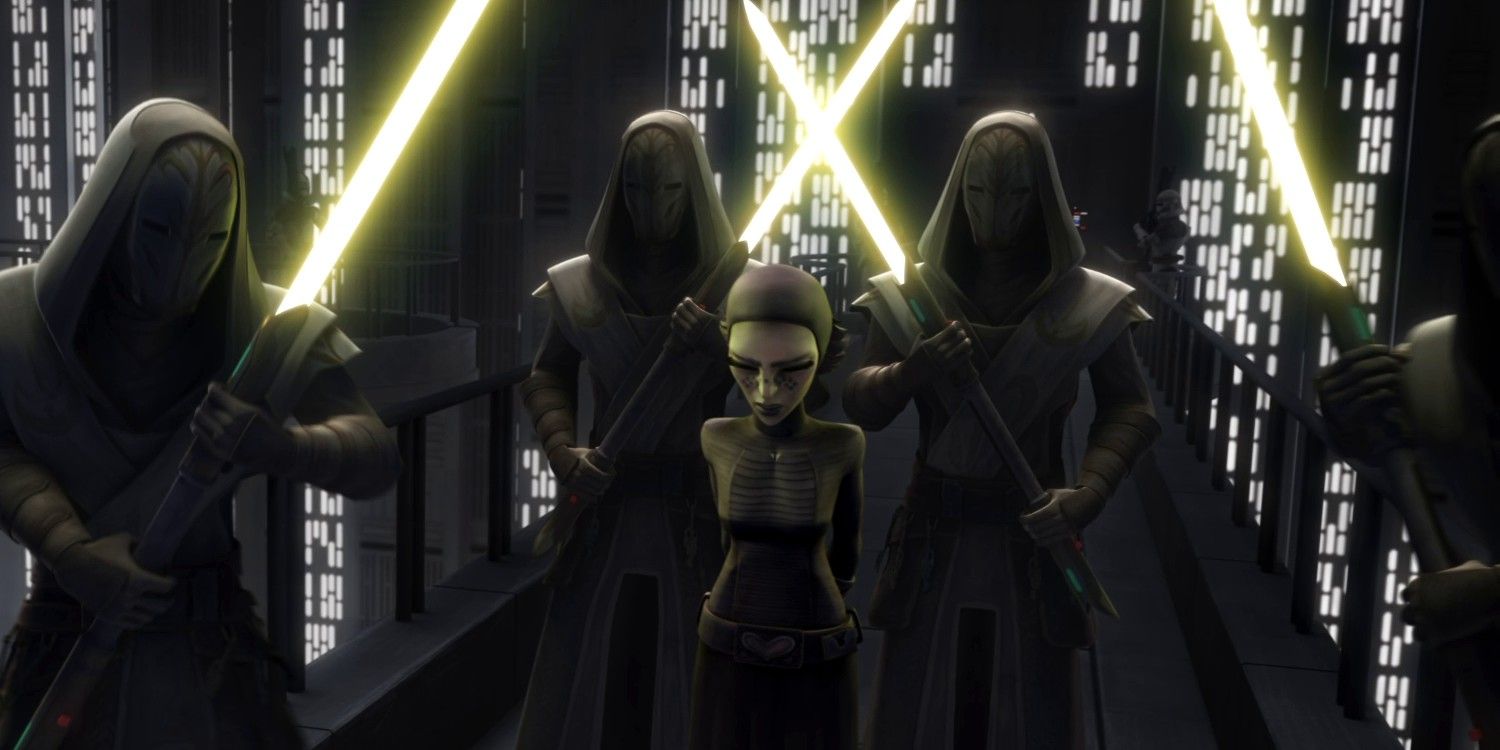
Acting out is sometimes a cry for help
True, Dooku and Barriss made bad decisions about how to express their feelings, but their poor choices didn’t diminish the truth of their message. We don’t know whether Dooku’s path to the Dark Side might have been different, but if his growing disillusionment with the Republic had met with a sympathetic audience within the Order, he might have been less susceptible to the seductive words of Darth Sidious. Likewise, Barriss might never have set off that bomb in the Jedi Temple if she’d felt free to openly question the Republic to her peers and masters.
3) The Jedi refused to question Palpatine
The worst example of the Jedi’s blind faith in the existing system was their failure to question or challenge Supreme Chancellor Palpatine. His kindly facade as the senator from Naboo held for a very long time, but surely the most powerful Jedi of the age could have mustered the wisdom to see how Sidious was manipulating the system. It doesn’t take a Force user to realize that his continual drive to consolidate all military, financial and judicial power within his office was wrong. And yet no Jedi ever thought it prudent to question Palpatine. He was clearly a threat to the spirit of democracy, but the Jedi Order was incapable of seeing it.

Source
Darth Vader was not inevitable
When Anakin Skywalker discovered the truth of who Palpatine really was, Mace Windu responded with a poorly conceived plan to charge in and arrest / execute the villain. No taking Anakin’s testimony to the senate; no gathering a platoon of troopers and a Mandalorian anti-Jedi cage to contain the prisoner; no quick text to Yoda saying, “I’m just popping out to capture our arch-nemesis – say hi to Chewie!”
Anakin’s fall had been coming for years, but it was made easy by Windu’s inability to deal with the fact that the leader of the Republic was himself part of the problem and respond accordingly. And he was hardly alone in this. I don’t think Revenge of the Sith would have ended differently if Mace Windu had been replaced by Shaak-Ti, Ki Adi Mundi or any other member of the Jedi Council.
4) The Jedi didn’t take the Sith threat seriously
Because no-one on the Council really took the threat of the Sith seriously. I understand if they were a bit skeptical when Qui-Gon Jin reported having seen a Sith on Tatooine, but what about when he was killed by that same Sith on Naboo? Darth Maul was anything but subtle, and Obi-Wan Kenobi doubtless gave an accurate account of their fatal encounter with the dark lord.
Did anyone order an immediate search for more evidence of the growing darkness? Did Jedi masters comb the galaxy for Sith temples or dark cabals? There’s nothing in canon suggesting that the Jedi Order took the Sith threat seriously for at least a decade.
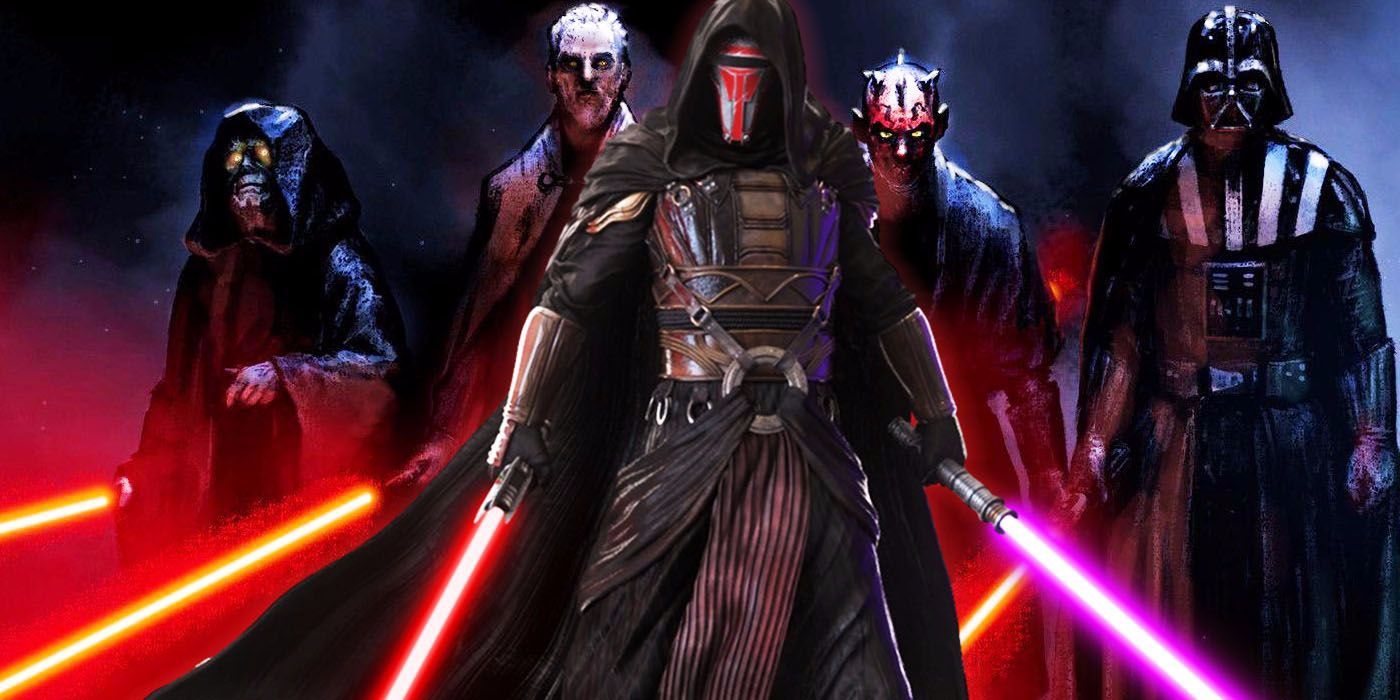
Source
A Sith Lord? Haven’t seen one of them in these parts in, oh… a thousand years
And let’s not forget that the Jedi Temple itself was built on the site of an ancient Sith shrine on Coruscant. With the Sith extinct, the builders must have thought, why not capitalize on this prime spot and channel all that Dark Side energy into something good? It’s deeply ironic that the Temple, which was supposed to be the symbol of the Light Side’s triumph, was in fact what blinded the Jedi and let the Sith rise to levels of power not seen since the Old Republic.
5) The Jedi became soldiers
Ahsoka Tano summed it up best in the penultimate episode of The Clone Wars when she said to Captain Rex, “As a Jedi, we were trained to be keepers of the peace, not soldiers. But all I’ve been since I was a padawan is a soldier.”
There’s no question that Ahsoka was a warrior of tremendous skill, but if the Jedi hadn’t lost their way she might never have had to become one. One could argue that the Jedi Order fell the moment they took command of the clone forces on Geonosis. George Lucas has never shied away from giving us epic science fiction battles, but there’s a darker undertone to this one.
Yes, the Jedi might be able to justify sending every knight they could muster to rescue Obi-Wan, Anakin and Padme from the arena of death, and if they’d simply rescued the prisoners and withdrawn, their role as peacekeepers would have been intact.
But instead, the Jedi took command of the clone army and led an all-out assault on the Trade Federation ships trying to take off, and were forevermore bound to the Grand Army of the Republic.
The Clone Wars took the soul of the Jedi Order
The Jedi Council could have chosen a different path. They could have tried to find a way to bring the Separatist political leaders to negotiations with the Republic. They could have undermined Dooku by making it public knowledge that Dooku was a Sith. Above all, they could have set themselves up as neutral peacekeepers intent on protecting innocent civilians even if the two armies wished to engage in open warfare.
But they didn’t. I wonder how much the decision to join a side in the war was driven by the young and violent Mace Windu, or the cerebral and detached Ki Adi Mundi? Both Jedi appear to have little regard for anyone they consider “beneath” them and perhaps their arrogance led them to assume a quick and easy victory was in the offering. It’s clear that Yoda wasn’t offering wisdom in these crucial moments, and this failure led the Jedi down a path irreconcilable with their core beliefs.
6) The Jedi became dogmatic
This lack of critical thought and abundance of overconfidence both stem from a major failing of the Jedi in the late Republic: their inflexibility. The High Republic novels show us Jedi with a diversity of talents, styles and ways of approaching the Force. They question, they challenge, and some even flirt with the Dark Side – and all are accepted within the Order.
The Jedi seemed far less tolerant of divergent thinkers by the time Master Jin presented them with a slave boy from Tatooine. Qui-Gon clearly had a rocky relationship with the Council and was willing to disobey them, as indicated by Obi-Wan pleading with him not to defy the Council again. Qui-Gon was possibly the Jedi master best equipped to fight the rising darkness, but because he broke from doctrine he was sidelined.
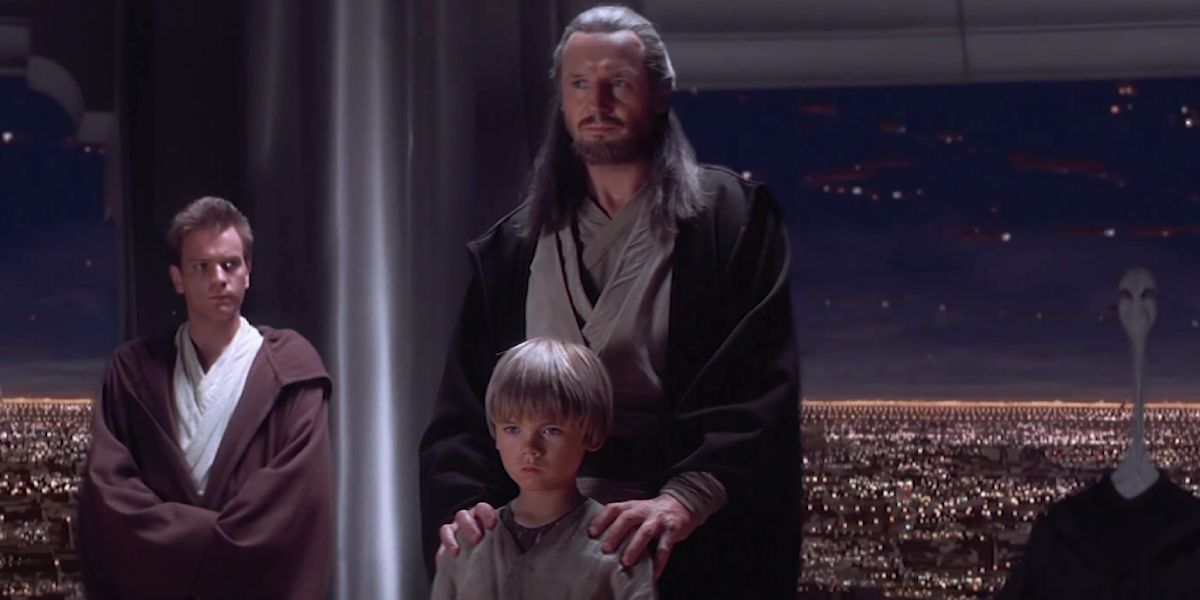
Quinlan Vos was another who clearly didn’t fit the image of the “modern Jedi” and paid the price by existing on the edges of the Order. He was welcomed to a point, but clearly not trusted by everyone and given less than full support to explore his unique Force talents.
And, of course, there’s Anakin Skywalker, who was an aberration simply by arriving at the Temple too late, according to Jedi dogma. At nine years old he was considered too old to begin the training, and despite his obvious talents only Obi-Wan ever seemed to accept him as being worthy of his title.
When the rules become more important than that spirit behind them
By the time of Anakin, the Jedi had a long and storied history of success, but they seemed far more interested in maintaining what they were rather than growing into what they might become. This stagnation was a death trap for the Jedi against a resurgent Sith who used guile and deceit to infiltrate the halls of power. Despite including some of the greatest Force wielders in history on the Council, they just couldn’t adapt their perspective.
7) The Jedi forbade attachments
One of the most damaging aspects of Jedi dogma was the rule of no emotional attachments. In the High Republic the Jedi were still allowed to love, although even then it was tolerated among padawans and discouraged among knights, and this freedom helped many of them to grow emotionally. Dedication to a higher purpose was demanded, but there was still room to love.
By the time the Clone Wars began, love for forbidden to the Jedi. The policy had even become to take Force-sensitive children away from their families as little more than toddlers, specifically to deny the younglings any family connections that might interfere with their training. Perhaps this practice worked well for some species but it was clearly a bad idea for Humans, as well as similar species like Twi’leks who clearly made strong emotional bonds.
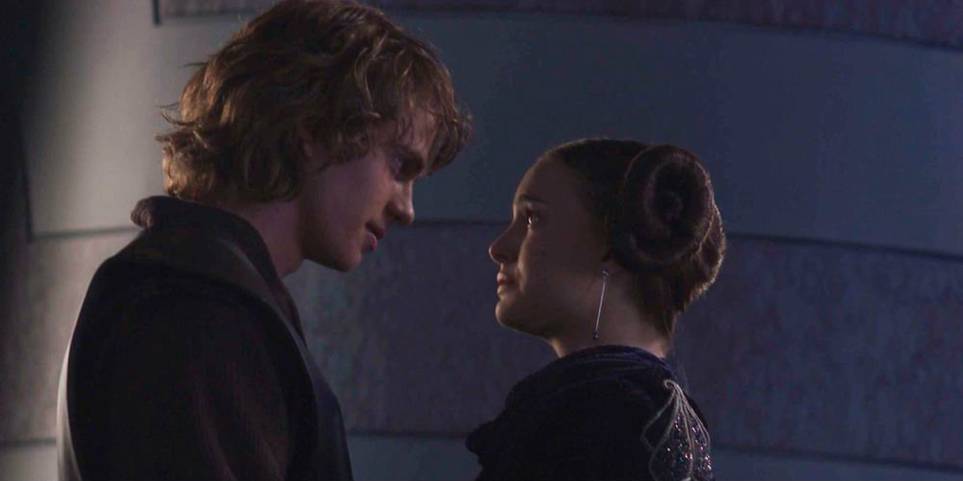
Source
Anakin Skywalker could have shown them the way
When he started to train Anakin, Obi-Wan knew that his padawan was vulnerable to forming attachments, but instead of encouraging this passion as one of Anakin’s greatest strengths, Obi-Wan avoided the conversation and willfully ignored Anakin’s relationship with Padme. Had Obi-Wan been better equipped emotionally to address (and even acknowledge) their love, Anakin would have been able to express himself in a healthy way and not been as susceptible to Palpatine and his “compassionate” ear.
Anakin’s padawan, Ahsoka Tano, was brought up in the dogma of the Order and therefore kept clear of any romances, and I can’t help but wonder at what cost. Ahsoka was clearly capable of love – for her master Anakin, for her mentor Plo Koon, for her friend Barriss, and possibly, if ever given the chance, for Lux Bonteri – and her compassion was one of her greatest strengths. But she still always came across as emotionally distant. Years later, when she finally met Luke Skywalker and he asked if he’ll see her again, all she can offer is an ambiguous smile and, “Perhaps.”
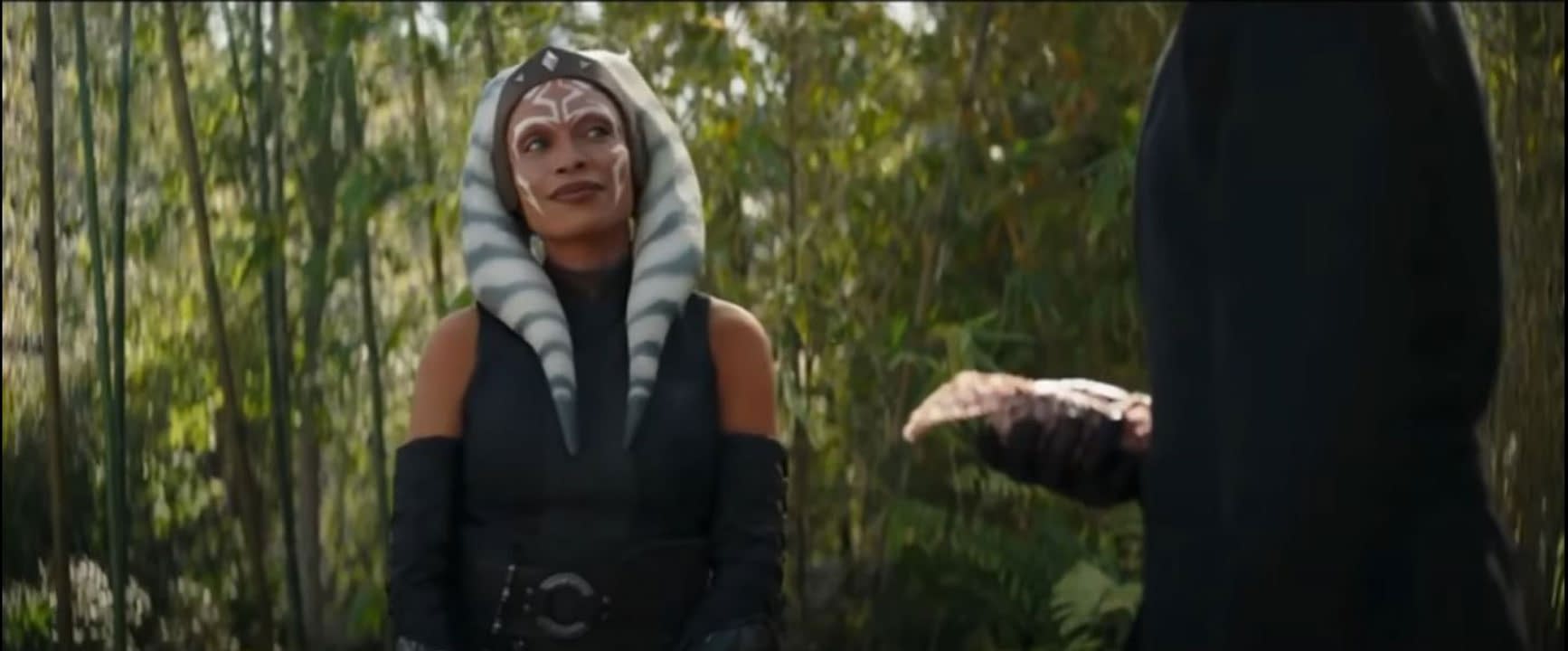
Ahsoka had the chance to grow when she met the Martez sisters and heard their bitter tale of how their home was destroyed in a battle and the Jedi who visited afterward offered no compassion. But her instinct was still to defend the Order – the same Order that threw her out on false charges – and she struggled to muster any emotional connection. Let’s hope Dave Filoni has plans to let Ahsoka explore her emotions in future episodes.
8) The Jedi gave up
But the biggest reason why the Jedi failed is simple: they just gave up. When Palpatine finally revealed himself and seized power, he executed Order 66 and decimated the Jedi. Mace Windu was killed along with almost every member of the Order (many slain by Anakin Skywalker / Darth Vader himself), Ahsoka barely escaped with her life and a few others slipped away into the galactic wilderness. So what happened next?
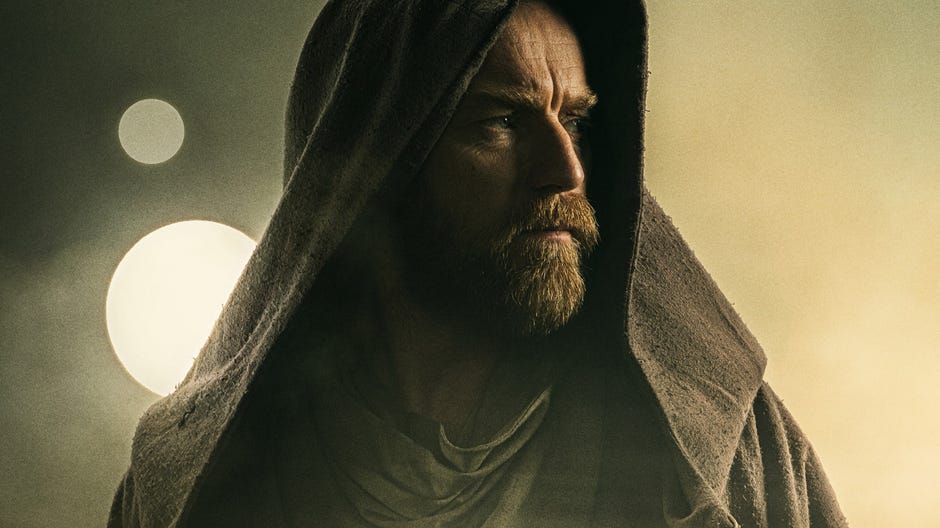
Ahsoka, the ex-Jedi, kept fighting for justice. Kanan Jarrus, the padawan, did the same and even took on an apprentice to pass on what he’d learned. But what did the leaders of the Order do?
Yoda and Obi-Wan, the two surviving members of the Council, literally held the future of the Order in their hands with baby Luke and Leia. They could have taken the children, searched for other survivors, and started again. But instead Yoda went into exile, Obi-Wan went into hiding to watch over Luke, and Leia was handed off to Bail Organa. And nothing further was done, for nearly twenty years.
They just gave up. When the galaxy needed them most.
The Light Side of the Force needs champions, and the galaxy needs hope, but Luke was right when he stated in The Last Jedi that it was time for the Jedi to end.
Bennett R. Coles is an award-winning, best-selling author and ghostwriter of science fiction and space fantasy series. His newest novel, Light in the Abyss, is now available here.
